We arrived Saturday night in Chuy, a border town in the north of the Rocha department that borders Brazil, where we were planning to sleep before heading out early to the rural area where the gathering would take place.
We were tired—it had been a drive of just over five hours, most of it at night. Rain was forecast for Sunday, and some messages began to come in warning that a few people might not make it. The next morning, we set off for the gathering site: Rural School No. 37 in the Rincón Bravo area, about 35 kilometers from the border town. Along the way, on either side of the road: water, lots of it; a few cows; clusters of butiá palm trees; a sign reading “protected area” pointing toward a patch of native forest—while the rest of the landscape unfolded in a lush, monotonous green: rice fields.
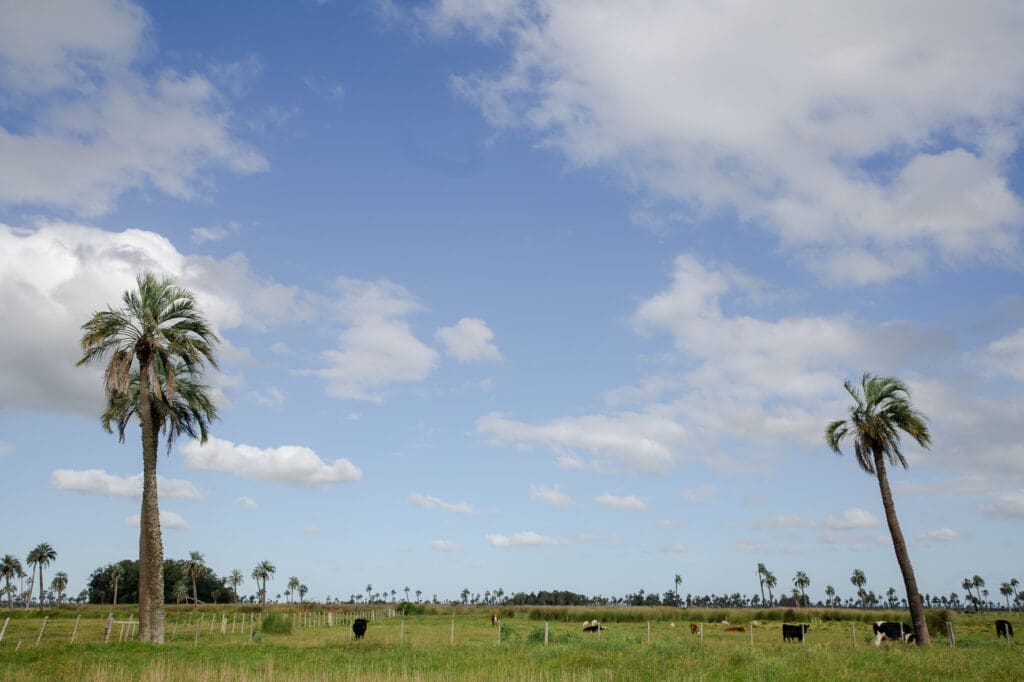
We arrived at the school. Mónica and her granddaughter Victoria welcomed us. One by one, the others began to arrive, carrying their mates and homemade treats to share. Rosa and Ana arrived, then Ana Gabriela, Virginia, Cristina, and Jaqueline. The sharing circle began with expressions of joy at being there, happy they had managed to come despite some complications. Others weren’t able to make it last minute, most due to caregiving responsibilities. Transportation in rural areas isn’t easy—people often depend on someone else to get them there, and public transport is usually nonexistent. The women had traveled from varying distances—some from the nearest town, about six kilometers away, and others from up to 70 kilometers out.
We introduced ourselves using personal objects, and each woman shared a bit of her story and what was bringing her to the gathering at this point in life: a mate cup, companion of mornings and road trips; a bit of soil from the garden one woman tends to with care and effort; a monocle with a photo of a twin pregnancy from twenty years ago; seeds that another plants, nurtures, and multiplies; an amethyst reminding us of constant change; a stone from a sacred hill, bringing in ancestry, memory, and the longing for what has been lost; a wire-fencing tool representing a life of sacrifice in the countryside.
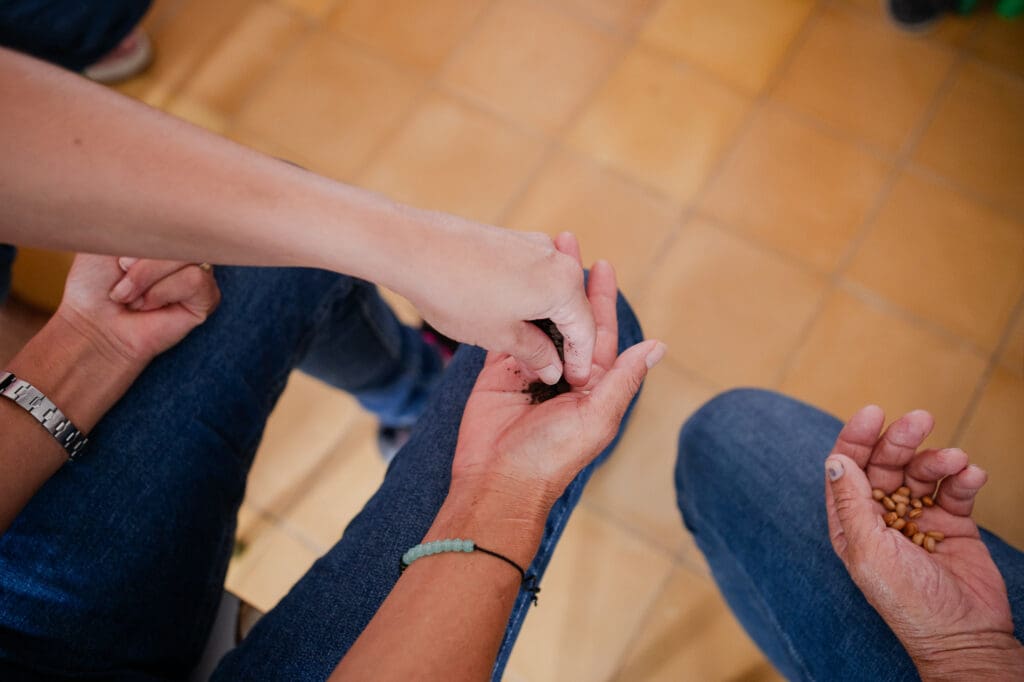
Born and raised in the countryside, they love and defend the land—and continue to choose it as the place to live and raise their children so they can “suck the roots of the earth.” For them, the countryside offers the possibility of generating health from the land. They are a network of women in a rural world where they’ve experienced hostility, violence, and mistreatment—but also support, care, and solidarity. They met each other at different moments and in various contexts. When we asked what they had in common, they emphasized their concern for nature—for herbicides, aerial spraying, the crop dusters flying over schools and homes. “Something that unites us all is strength and resistance, each from her own place. And none of us here feels like giving up.” Their voices are present, but they know many cannot speak out—many are afraid, since agribusiness holds great power in the area.
They shared experiences of womanhood, the need to adapt to changes, machismo and discrimination in rural areas, loneliness in the face of an empty nest, and isolation. They expressed the need for spaces to speak, to share their stories, to be heard, and to listen—to mirror themselves in one another. “That happens to me too,” echoed throughout the circle as each woman told her story.
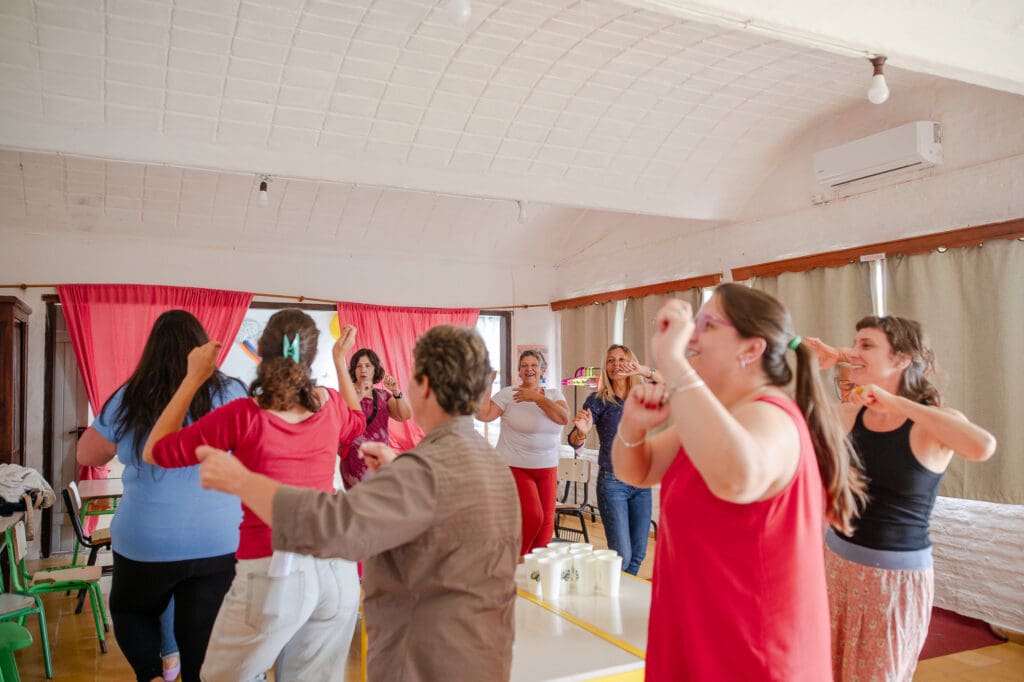
After lunch, we made time for dancing, movement, laughter, shared glances—for being together. Then a moment of calm—to turn inward by awakening the senses and activating memory through gifts of sound, scent, air, warmth, texture. The four elements made their presence known, creating an intimate space for each woman to reconnect with herself.
Their body-territory maps featured cows, dairy farms, chickens, cats, dogs, human family members, vegetable gardens, and butiá palms. Through their maps, they also told stories of loss—trees, gardens, water, soil, loved ones—people with cancer and bone diseases. Knees marked by falls, stones drawn on their paths, shoulders weighed down by the pain and harm caused by pesticide poisoning in the deaths of relatives and neighbors. They pointed to their lungs to denounce the poisoned air they breathe—yet also named the lungs as the source of “the inner strength I tap into when I feel overwhelmed.” “I breathe deep and think ahead. I keep going,” they explained. The mouth connects with the color violet, which flows through different parts of the body-territory, representing the force that travels and exits through the mouth to express what is no longer wanted—and what is deeply desired.
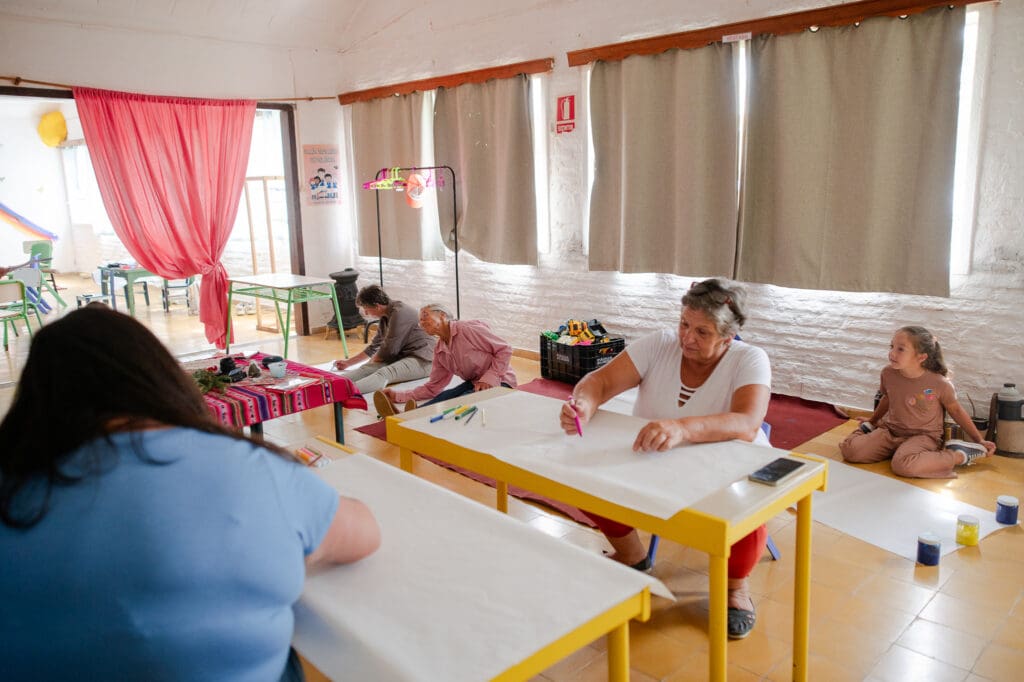
“My heart is at peace in nature,” one woman shared, while another said her strength comes from that very place. Their drawings featured the sun and the earth—“the sun gives us life, the earth gives us everything.” They drew their gardens, describing them as places of support where bitterness transforms into joy, though often they don’t have time to tend to them as they’d like. Feet rooted in the soil spoke of their connection to life: “When we step, we connect,” one explained. “When you step, you have to really step—know where you are.” Their maps carried stories of mothers raised in harsh rural environments, whose toughness was a survival strategy in the face of violence—lives filled with sacrifice: “She was a slave to her life, a slave to others.” In some stories, hugs and affection were missing. Yet other women appeared on the maps too—in the networks of support and care during hard times.
As we moved toward closing, each woman offered a final word of farewell: listening, empathy, gratitude, friendship, putting oneself in another’s shoes, admiration, unity, learning, strength, seeing each other deeply, deep roots growing upward, earth as the foundation for us all being here. When imagining and envisioning what a Feminist Political Ecology School might look like, there was no shortage of music and celebration. We left with hearts full of joy from the gathering, with the same desire to continue meeting and listening to each other as women—and an overwhelming urge to dance in celebration of life.
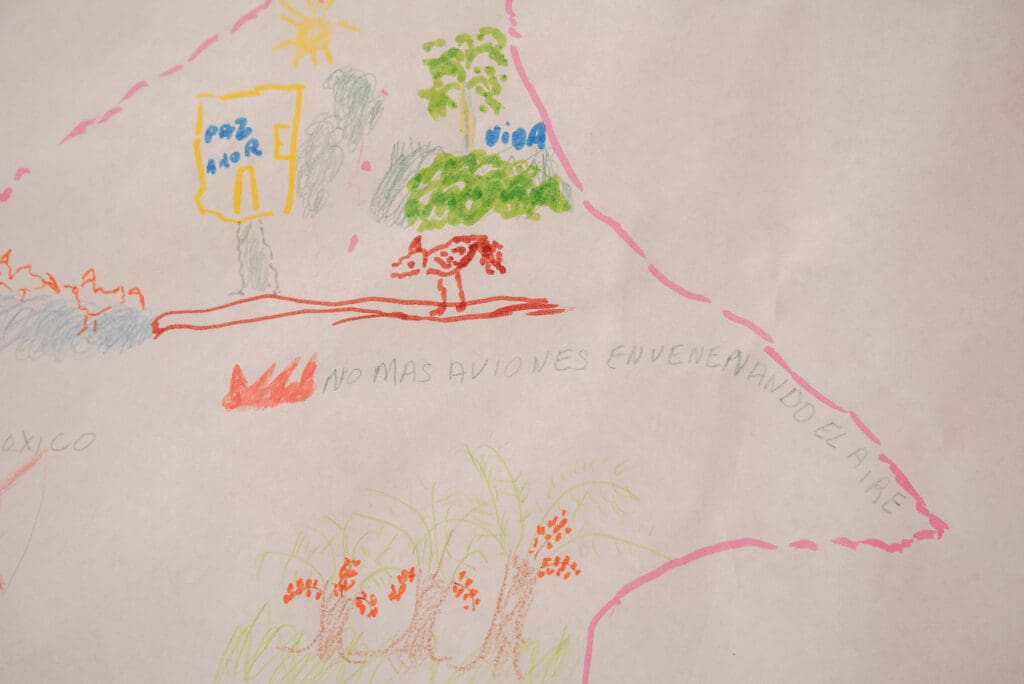
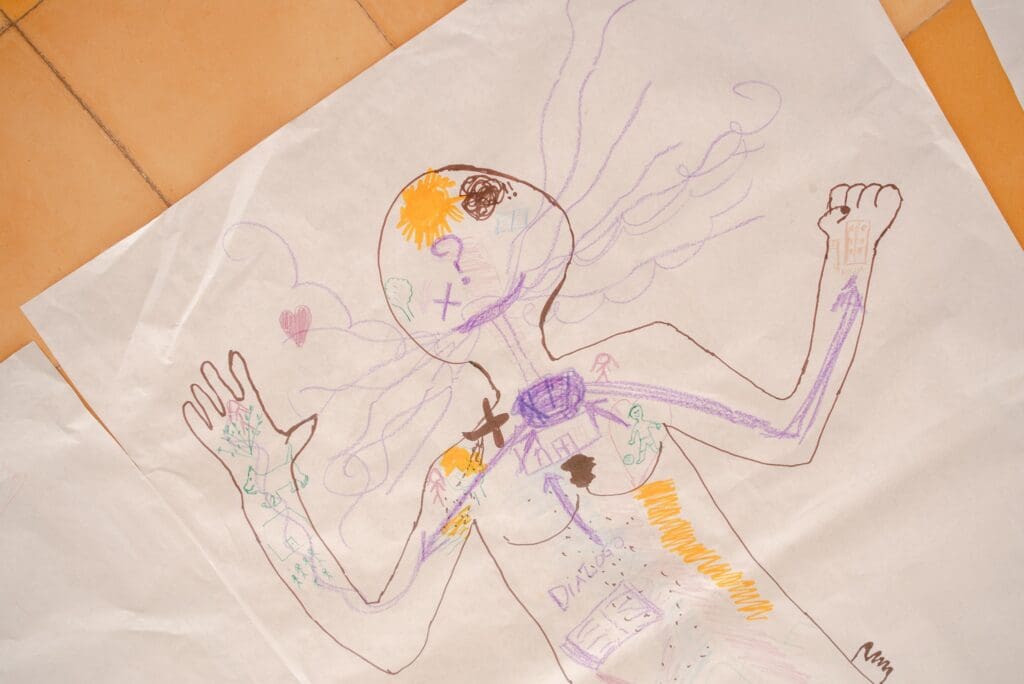
See the full photographic record of the gathering with the women in northern Rocha here:
https://valrodlez25.pixieset.com/nortederocha/
About The Authors
We are Lorena Rodríguez Lezica, Gabriela Veras Iglesias, Nat Tommasino Comeseña, and Alicia Migliaro González, from Uruguay, and this work has been carried out in dialogue with the collective Critical Views of Territory from Feminism. The four of us in Uruguay have been walking together through university outreach and as social activists. In this project, we come together to support four different community experiences in various regions of Uruguay.
This narrative is a collective creation of Lorena, Gabriela, Nat and Alicia, who organized the meetings and workshops within the framework of ORA.



